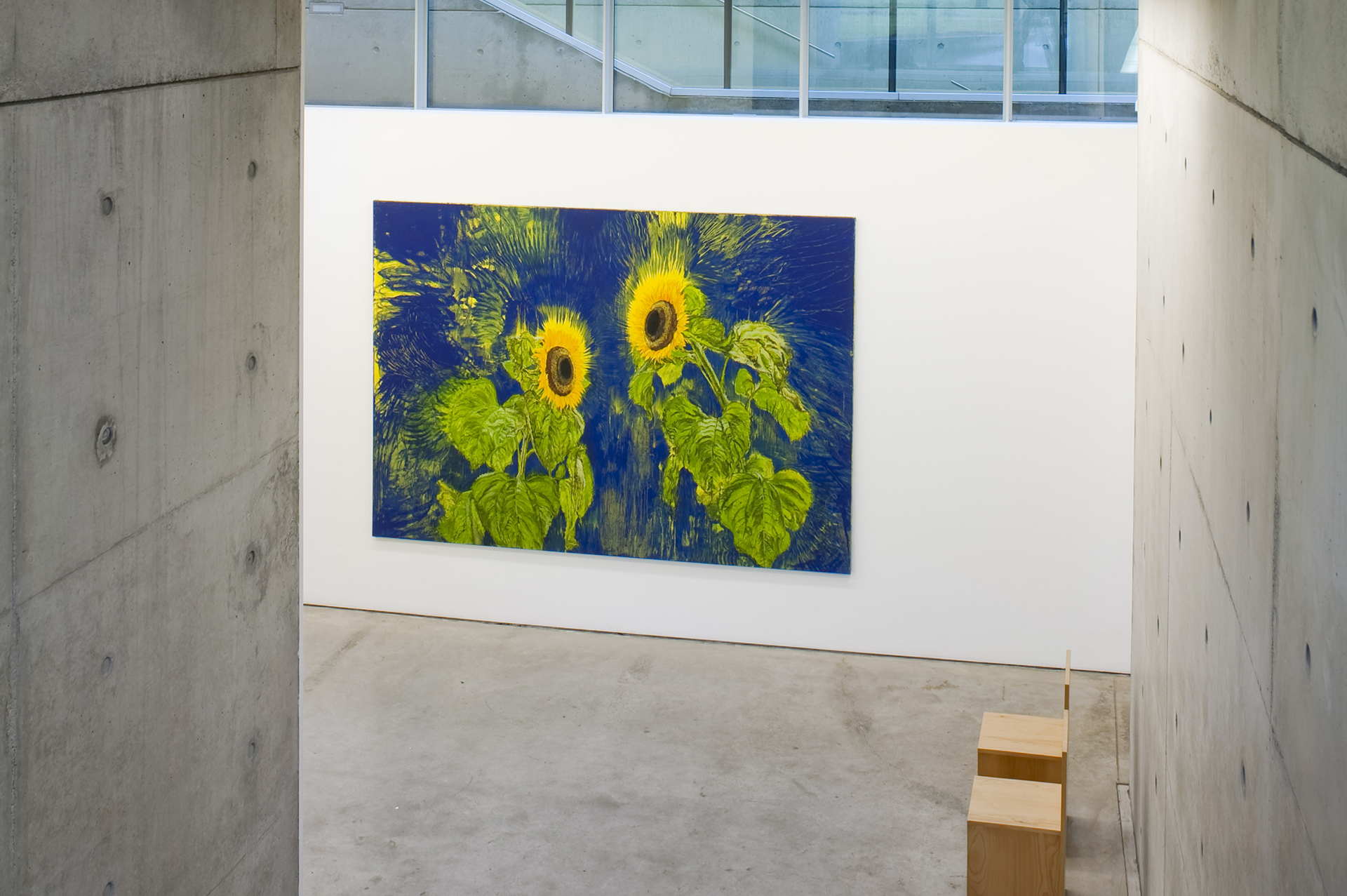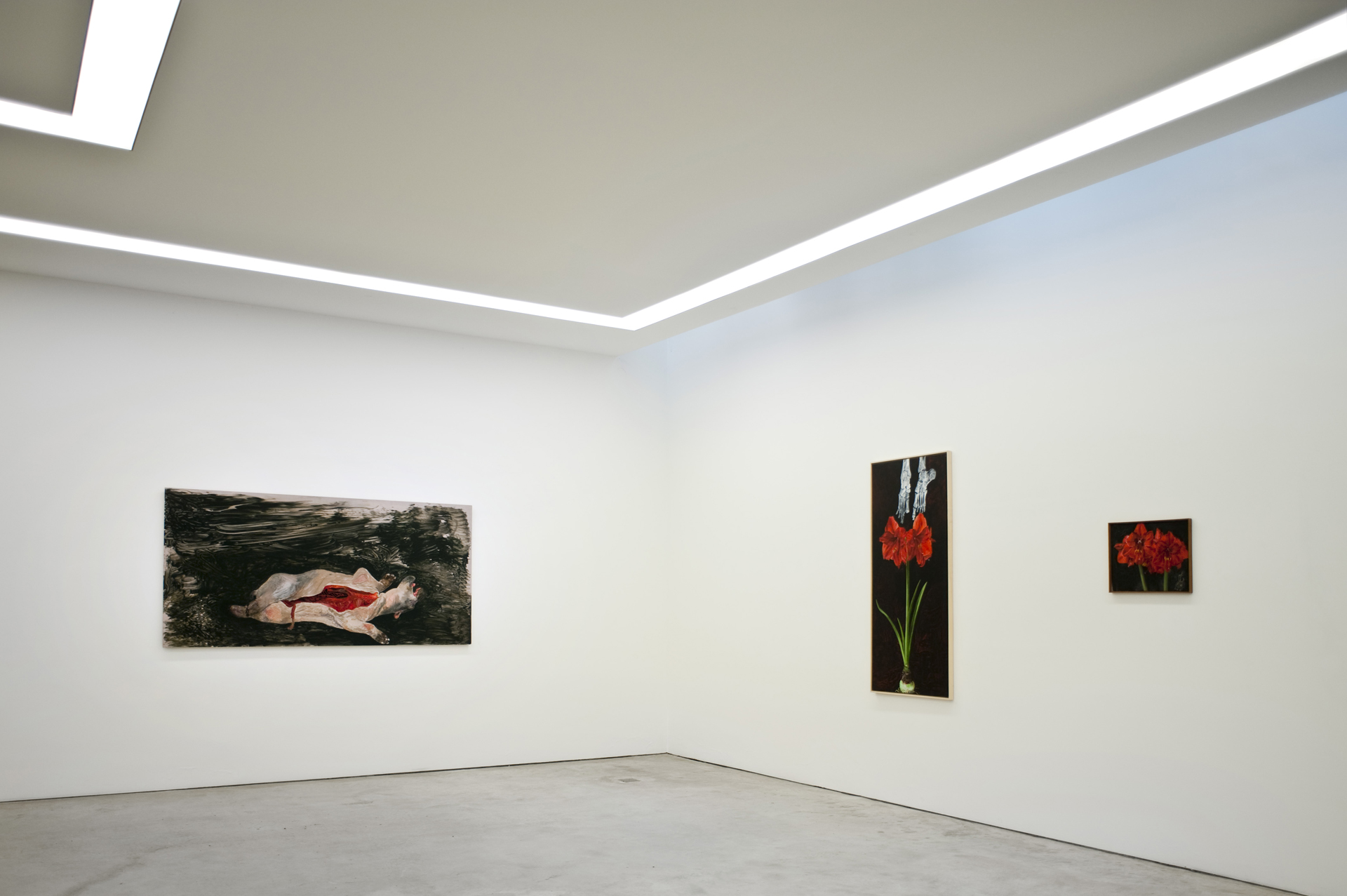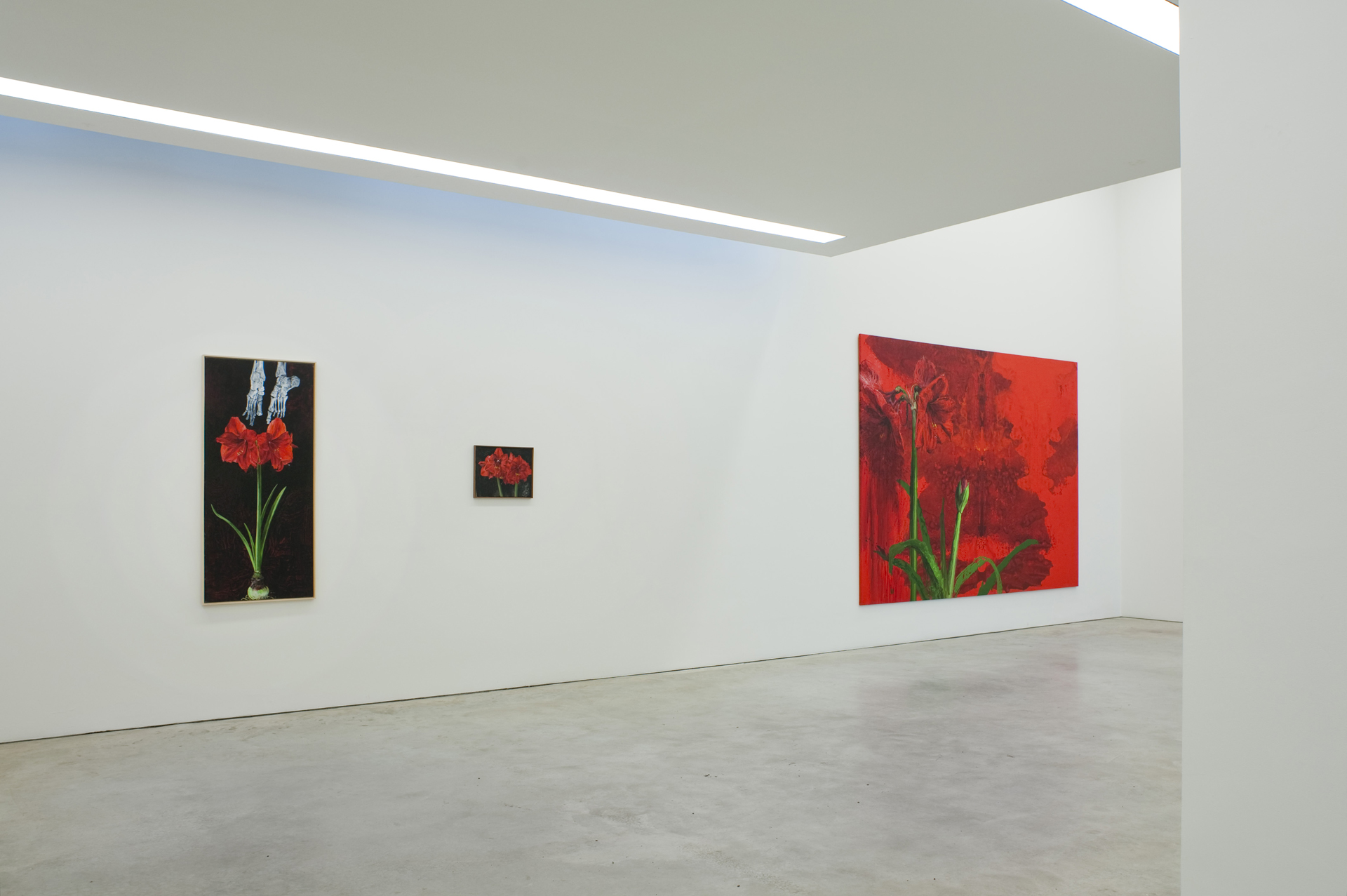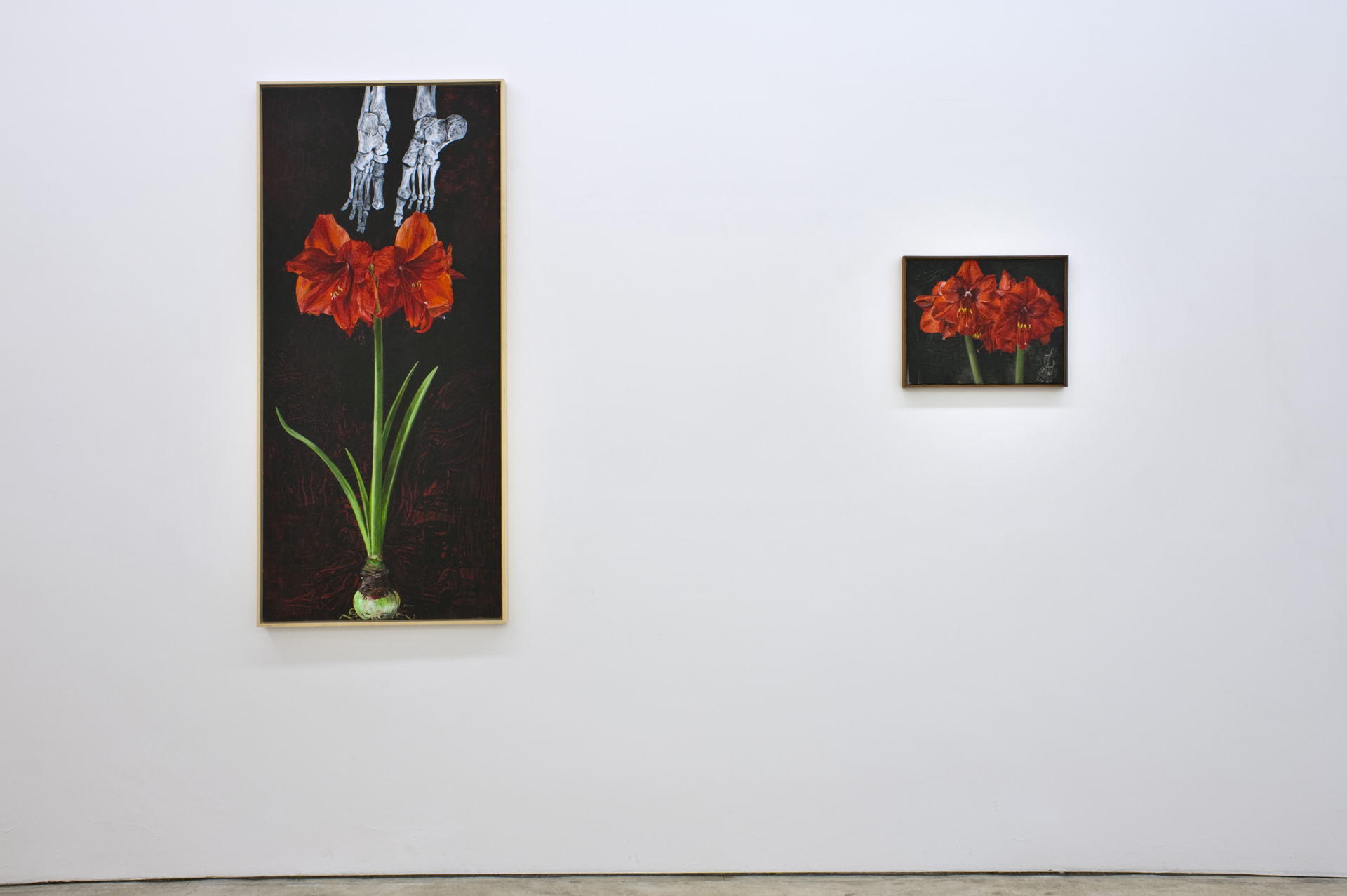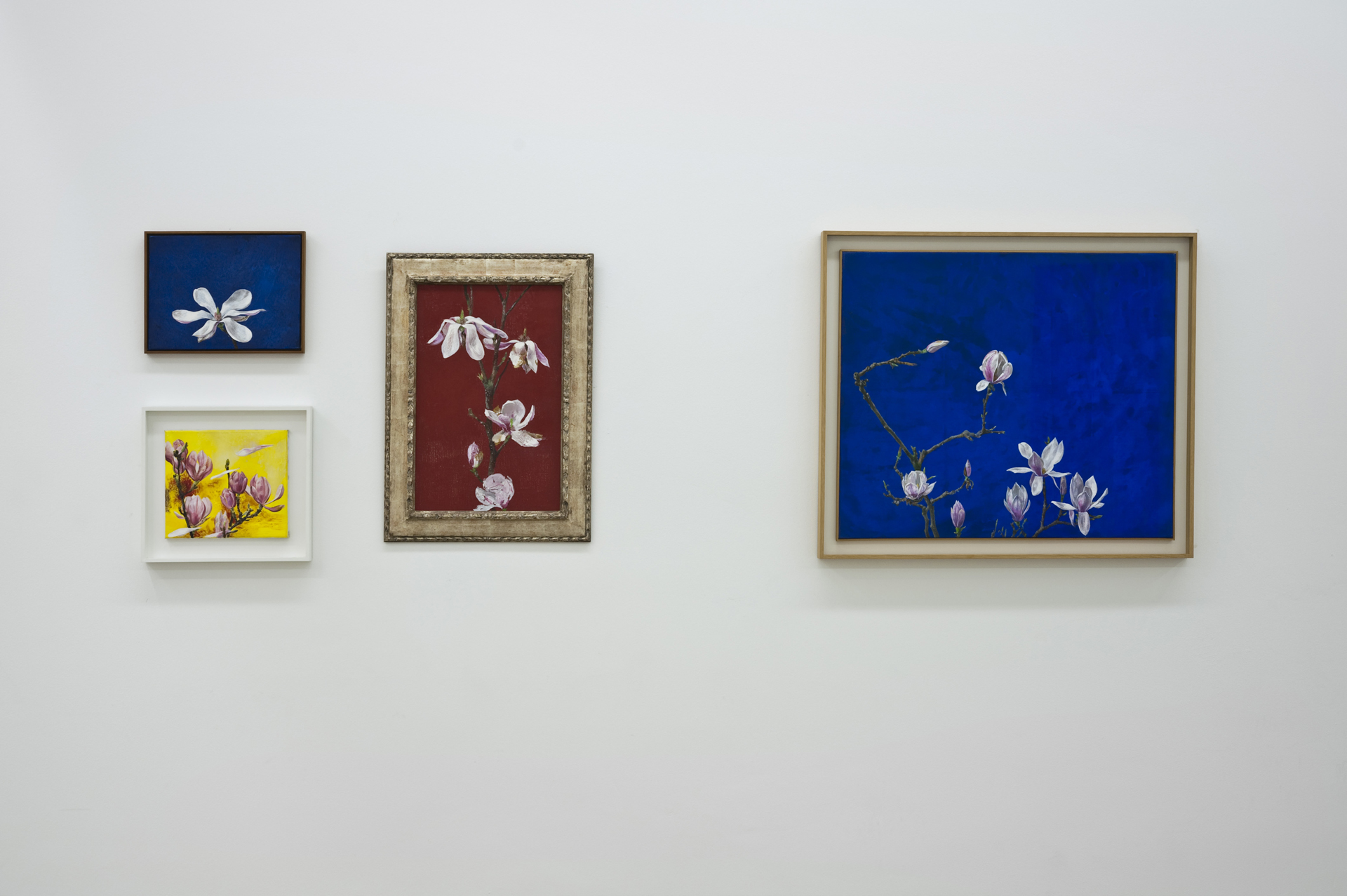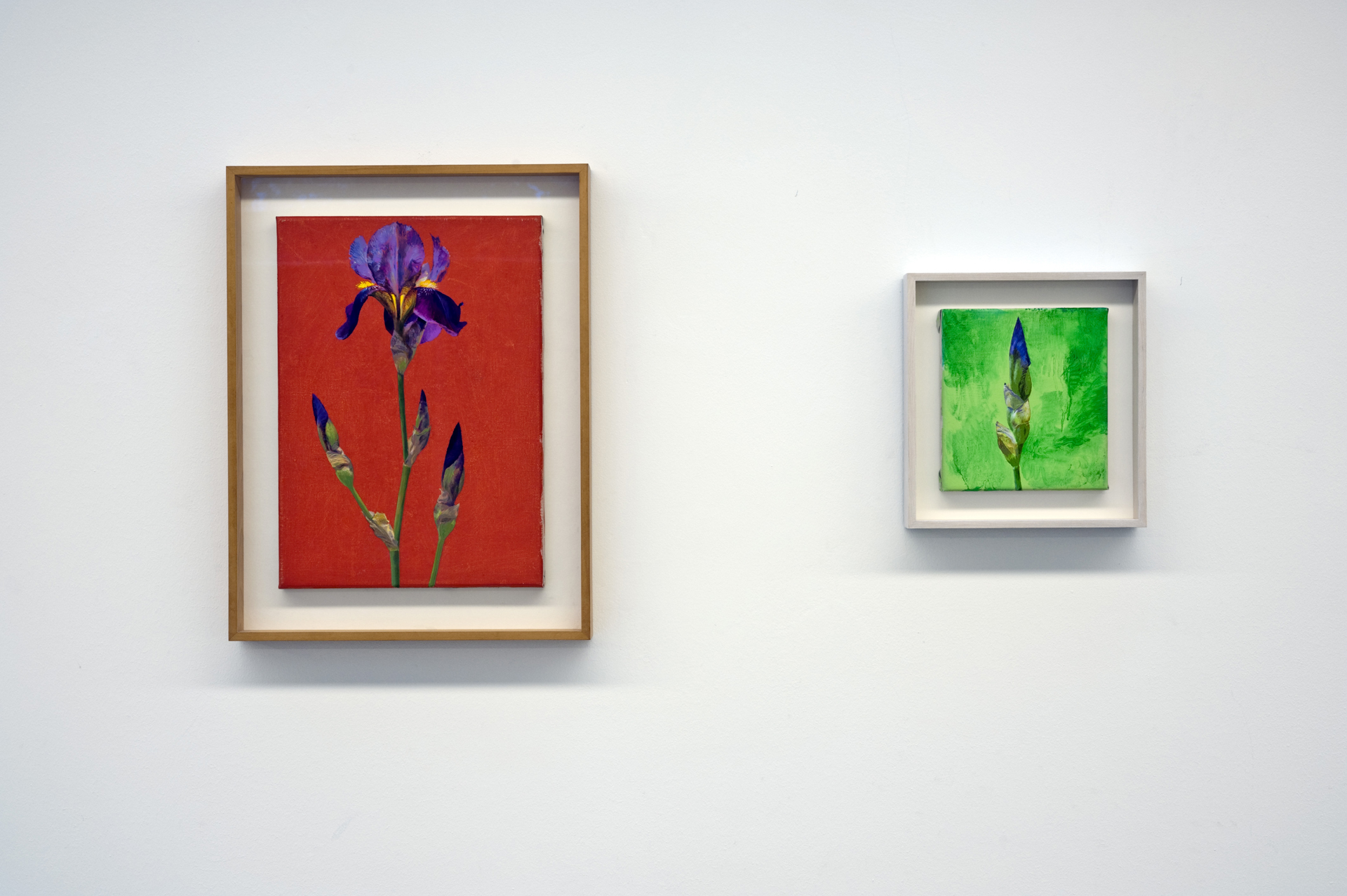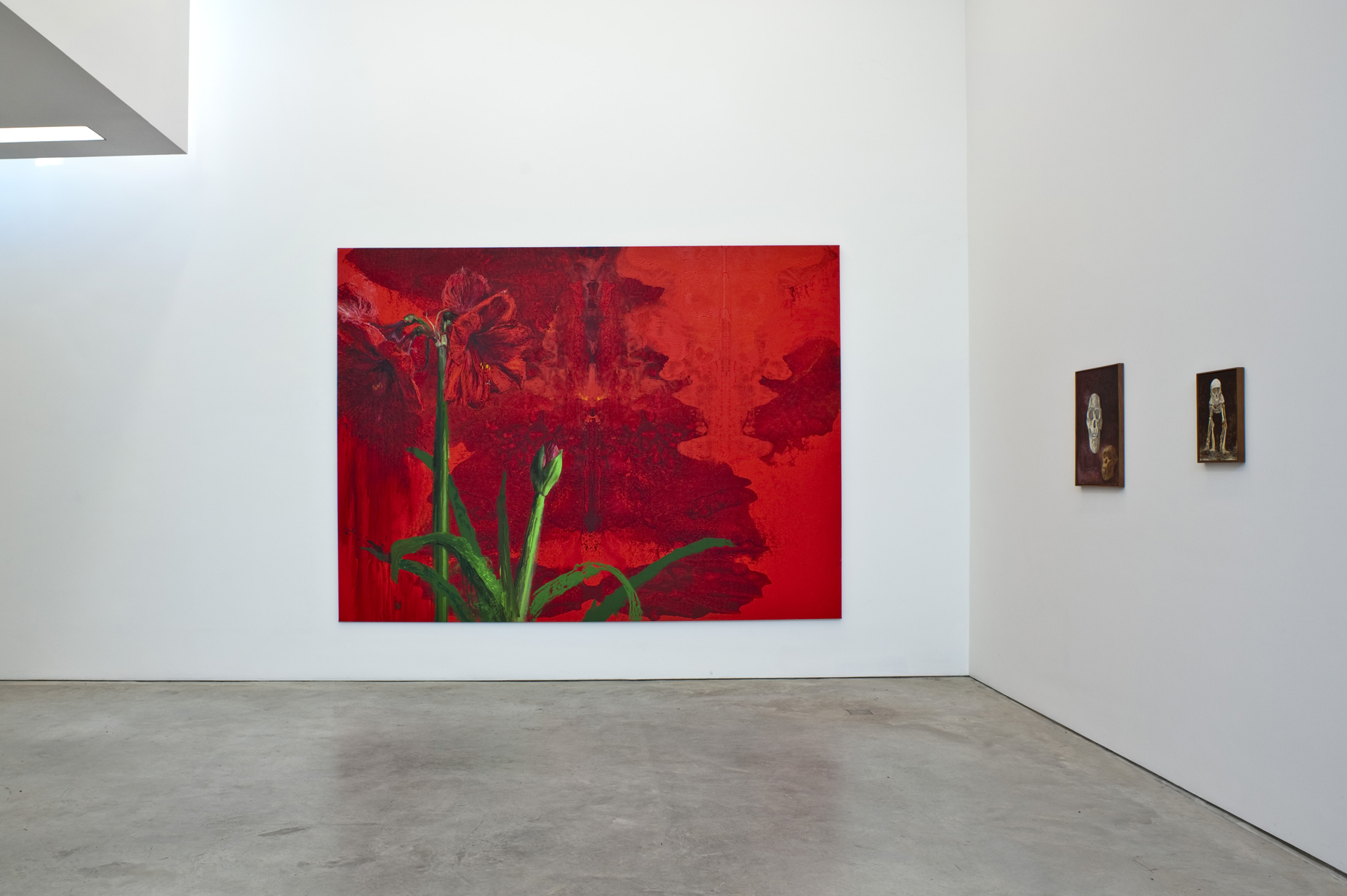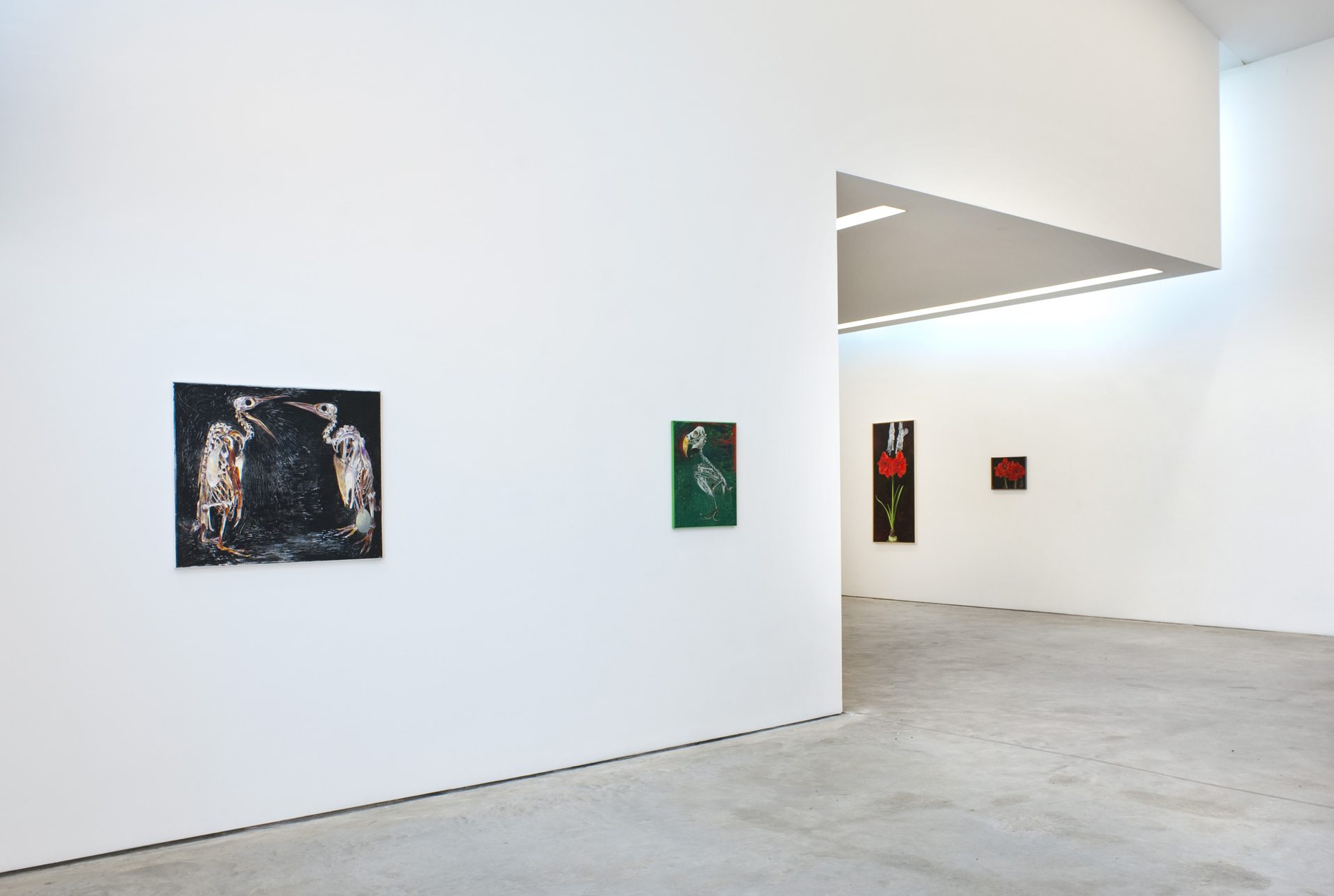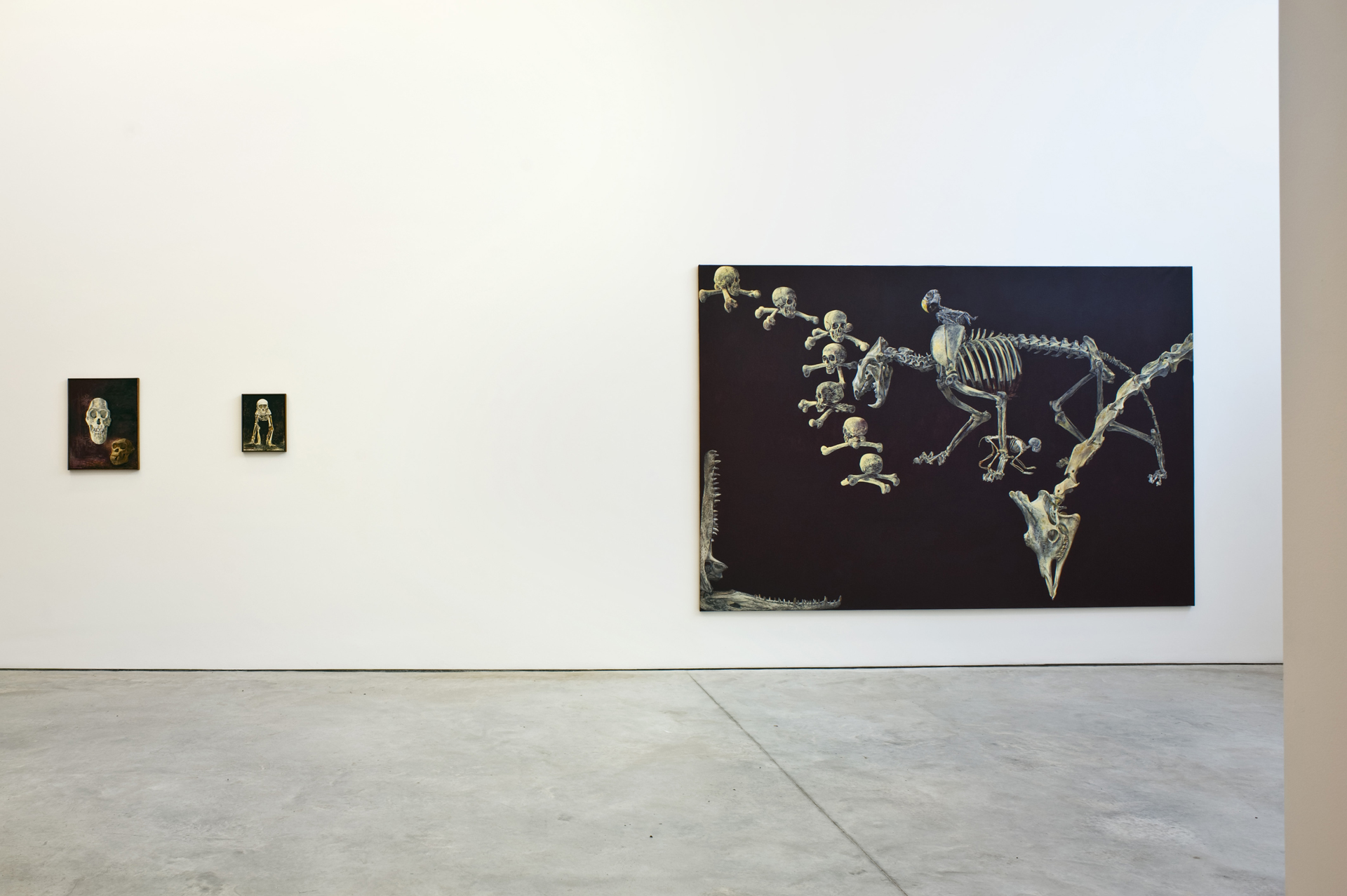Erik Andriesse
This Webarchive will present the oeuvre of dutch artist Erik Andriesse.

1957 – 1993
Erik Andriesse
Nightmares of Beauty
Once upon a time there lived a boy called Erik Andriesse, who distinguished himself from the passionless people around him by glowing in the dark. Now the country he lived in was a quite dark. Artists however would talk about the extraordinary light in that country.
During the 80’s all the artists were interested in the artificiality of life. A picture of a flower was much more interesting than the flower itself. Very few people still believed that everything that existed was part of nature itself. People lived in cities. Artists lived in their studios. Places filled with books, bottles and talk about art and artists and what was relevant and what was not.
And they forgot to love…
But Erik was aware of the fire that eats at the heart, while the clock ticks at night. The shortage of time, the repetitive movements of desire, the energy of the body watched by death. Flowers larger than life, dreams larger than life.
Nightmares of beauty.
He was ignored by the calculators, whose blood did not rise, when they saw his exotic death-dances on paper, but he continued on his own impatient way. Erik is not a conceptual artist. Erik is not an associative artist. He is not interested in displaying the cultural-historical aspects of his subject-matter. But Erik is also not the naturalist he seems to be. He even shows similarities (at times) to Spiderman, the comic-strip hero. Erik is not a cultural barbarian or a primitive. He reflects on the good, the bad and the ugly of the artworld and the synthetic problems of painting.
Marlene Dumas, 1986A Satyr in Arcadia
Erik Andriesse lived by the motto ‘Abundance Avails’ which he vigorously pursued with extravagant brushstrokes, vivid clamorous colours, and formats either vast or intimately small. The flowers and skulls and skeletons of people and animals undergo a rebirth on his canvases, animated anew by his sense of drama and directorship. His gestural brushwork is so alive as to evoke only notions of vitality, energy, potency and proximity in the viewer. Mostly in full bloom, their last strength sometimes at its final ebb, Andriesse’s flower portraits infuse the blossoms with an incandescence, so uninhibited is Andriesse’s urge to reveal their beauty to the viewer. Like a satyr in Dionysus’ retinue, Andriesse follows his instincts, plunges order into chaos, lets ecstasy hold sway and entrances the viewer with a surfeit of flowers and colours.
Andriesse attended Ateliers 63 in Haarlem from 1975 to 1978; an acclaimed graduate arts programme where principles such as structure, a system approach and reflection prevailed. The legacy of the equitable Mondriaan and the mentality that had fashioned the straight lines of the Dutch polder landscape predominated. On leaving the programme, it was several years before Andriesse had cast off the yoke of this Calvinist philosophy to embrace his true fascination: portraying nature as it appeared to him. 'I do not paint nature, I am nature', he said in 1985, quoting Abstract Expressionist painter Jackson Pollock. And where nature paints, reason ceases. Ateliers 63 had nonetheless inculcated in Andriesse a sense of scale and rhythm, enabling mastery of materials and the painterly gesture. The explosions of paint seem untamed and expressive but in fact follow a pre-conceived idea. On the canvas, Andriesse returns the flowers (bought quite ordinarily at an Amsterdam flower market) to their uncultivated state as though, rather than having been propagated in a greenhouse or on a flower farm, they reign over a natural realm where man is powerless. In this sense, the flowers articulate a yearning for Arcadia, a reflection of Andriesse’s longing for purity and to grasp the mystery of an existence: be it a bloom, a lifeless skull or a tropical shell.
The other can be grasped by observing it and identifying with it. Andriesse could draw and paint the same flower in his studio over and over again from different angles and at different stages of flourishing and decay. His observation engendered an ever-increasing penetration of the one specific flower before him, which he translated in a gesture in pencil or paint - exuberant and elated one moment, meticulous and rational the next. Two paintings of one and the same flower often reveal not simply two facets of Andriesse’s painterly virtuosity but are equally two faces of the character portrayed: the waywardness of a rock star or the majesty of an inviolate queen.
Andriesse realised that two kinds of Arcadia resided within him: the untamed and the civilised. He is the satyr coaxing a melody from the pan flute, only to whip viewers of his paintings into a tempestuous tarantella. And, whichever Arcadia we choose, Andriesse always lets us discover the other side within ourselves. Every painting bears you off to an unknown place, causing you to realise that ‘I too am in Arcadia’ - et in Arcadia ego.
Robert-Jan MullerEen satyr in Arcadië
Erik Andriesse had als motto 'Overdaad baat'. Met een wilde schilderstreek, luid roepende kleuren, overweldigend grote of juist verleidelijk kleine formaten, heeft hij aan dat adagium voldaan. De bloemen en schedels en geraamten van mensen en dieren beleven op zijn doeken een tweede leven, ze lijken herboren onder zijn gevoel voor regie en drama. Het schildergebaar is dermate krachtig dat de enige notie bij de beschouwer er een kan zijn van vitaliteit, energie en nabijheid. De bloemen, meestal in volle bloei en soms aan het eind van hun krachten, krijgen in hun portrettering een extra schittering door de ongeremdheid waarmee Andriesse hun schoonheid aan de kijker wil tonen. Als een echte satyr in het gevolg van Dionysos volgt Andriesse zijn instinct, keert orde om tot anarchie, laat uitzinnigheid de boventoon voeren en vervoert de kijker met een overvloed aan bloemen en kleuren.
Andriesse kreeg van 1975 tot 1978 zijn opleiding aan het Haarlemse Ateliers 63, een gerenommeerde post-academische opleiding waar principes als ordening, procesmatigheid en overdenking de boventoon voerden. De erfenis van de evenwichtige Mondriaan en de mentaliteit die de strakke lijnen van het Hollandse polderlandschap had geschapen speelden er de hoofdrol. Het kostte Andriesse daarna enkele jaren zich te ontworstelen aan deze calvinistische leerschool en te komen tot dat wat hem het meest interesseerde: het uitbeelden van de natuur zoals die zich aan hem voordeed. 'I do not paint nature, I am nature', zei hij in 1985 de abstract-expressionistische schilder Jackson Pollock na. En waar de natuur schildert stopt de rede.
Toch had zijn opleiding Andriesse een gevoel voor maat en ritme bijgebracht, dat zorgde voor een beheersing van het materiaal en de schilderende hand. De verfexplosies lijken ongeremd expressief, maar zijn onderworpen aan een vooropgezet idee. Andriesse geeft de bloemen (die hij gewoon op een Amsterdamse bloemenmarkt kocht) op het doek de ongecultiveerde staat terug, alsof ze niet in kassen en velden zijn gekweekt, maar heersen over een natuur waarop geen mens invloed heeft. In die zin drukken de bloemen een verlangen naar een Arcadië uit, een spiegel van Andriesses verlangen naar puurheid en het doorgronden van het mysterie van een existentie; of het nu een bloem, een levenloze schedel of een tropische schelp is .
Doorgronden van het andere doe je met observatie en identificatie. Eindeloos kon Andriesse dezelfde bloem in zijn atelier steeds opnieuw tekenen en schilderen, vanuit verschillende invalshoeken en in verschillende stadia van bloei en verval. Zijn observatie resulteerde in een steeds verder doordringen tot die ene specifieke bloem voor hem, hetgeen zich vertaalde in een teken- en schilderhandschrift dat nu eens wild en uitbundig, dan weer precies en beredeneerd was. Twee schilderijen van dezelfde bloem tonen dan ook vaak niet alleen twee aspecten van Andriesses schilderkunstig vermogen, maar evenzogoed twee zijden van het geportretteerde karakter: wild als een popster of majestueus als een onaanraakbare koningin.
Andriesse begreep dat er twee soorten Arcadië in hem leefden: het ongetemde en het geciviliseerde. Hij is de satyr die de panfluit nu eens lieflijk bespeelt, dan weer de beschouwer van zijn schilderijen opzweept tot een wilde tarantula. En voor welk Arcadië we ook kiezen, Andriesse laat de kijker steeds opnieuw die andere kant in zichzelf ontdekken. Elk schilderij voert tot een nooit gezien oord en brengt je tot het besef, ook ik ben in het paradijs - et in Arcadia ego.
Robert-Jan Muller